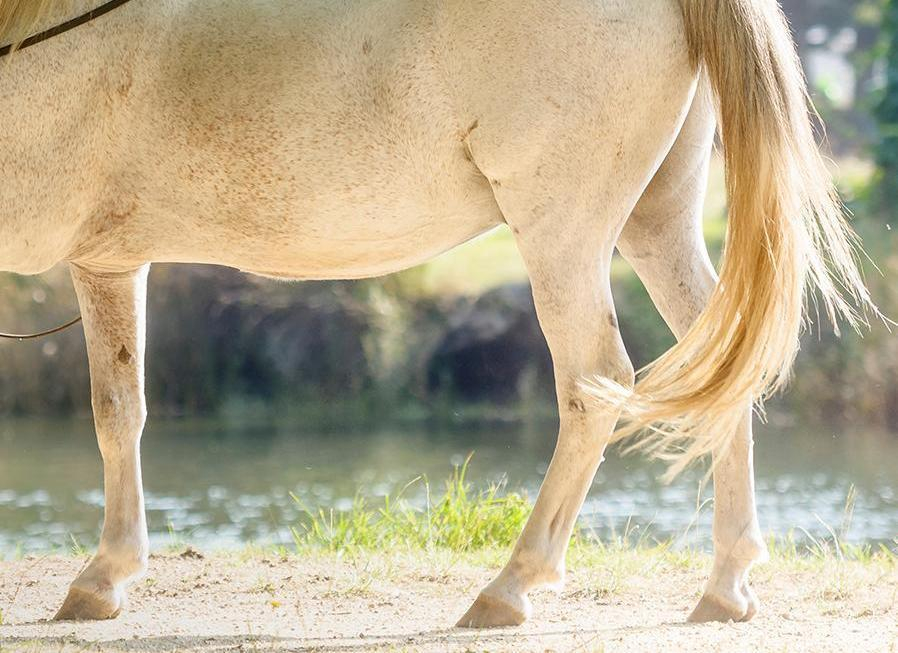
Degenerative Suspensory Ligament Desmitis in horses McDowell's Herbal Treatments
Just because your horse is diagnosed with DSLD does not mean that there is no hope for a long and happy life. Talk to your veterinarian about how to tailor an appropriate management plan for your horse. If you have any questions or concerns about your horse in regards to DSLD, please contact Conley and Koontz Equine Hospital at 877-499-9909 or.

Torn Suspensory Ligament Horse
Degenerative suspensory ligament desmitis (DSLD) is a debilitating disorder thought to be limited to suspensory ligaments of Peruvian Pasos, Peruvian Paso crosses, Arabians, American Saddlebreds, American Quarter Horses, Thoroughbreds, and some European breeds.
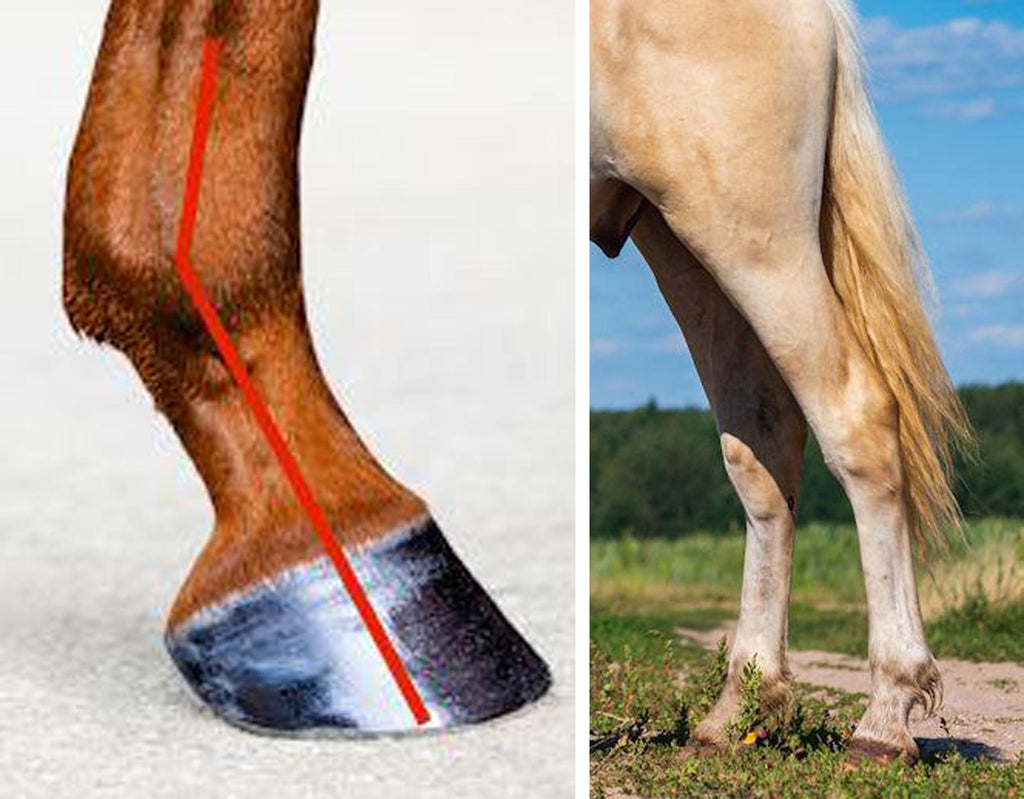
The Signs of Degenerative Suspensory Ligament Disease Scoot Boots
Degenerative suspensory ligament disease (DSLD) is a disease in horses that is being recognized more frequently. DSLD is different from other suspensory ligament injuries. The disease onset is subtle in affected horses, typically with no history of injury.

DSLD/ESPA The lethal disease all horse owners should know about, and we can stop it together
Equine degenerative suspensory ligament desmitis (DSLD) is a debilitating systemic disorder afflicting primarily the tendons and ligaments of the distal limb horses, and also other systems with high content of certain components of extracellular matrix, such as the large vessels and sclerae [].As the condition worsens, abnormalities in the biomechanical and structural integrity of the tendons.

DSLD/ESPA The lethal disease all horse owners should know about, and we can stop it together
DSLD is a condition where a key structure that supports a horse's lower legs degenerates with time. The disease is painful and spreads through the entire body, exacerbating to the extent that the horse cannot move or stand easily. While it's not preventable or curable, you can adopt some habits to ease the animal's pain.

DSLD Degenerative Suspensory Ligament Desmitis in Horses CBD Dog Health
DSLD in horses, which stands for Degenerative Suspensory Ligament Desmitis, is a condition that primarily affects horses and some other large animals. It is characterized by the degeneration of the suspensory ligament in the horse's lower limbs.
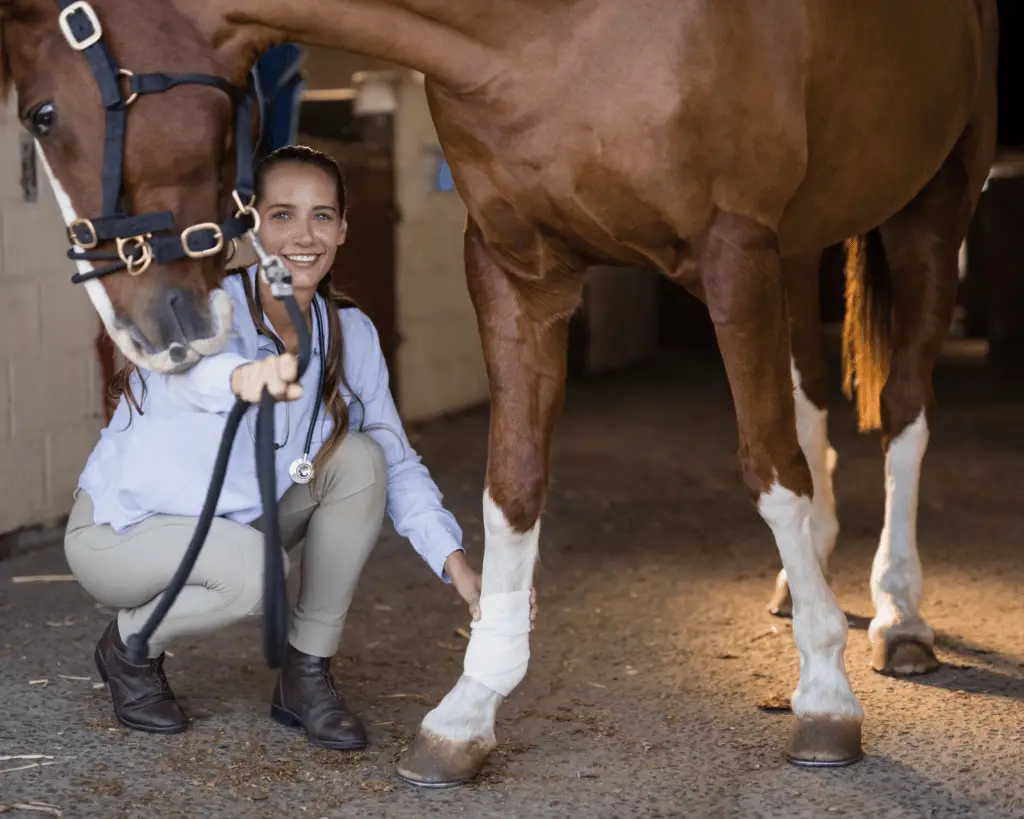
When Should You Euthanize a Horse with DSLD? Equestrian Boots and Bridles
What Is DSLD In Horses? What Are the Causes of DSLD? What Are DSLD Symptoms To Watch For? 1. Lameness 2. Walking Issues 3. Tripping 4. Constant Shifting 5. Lying Down Often 6. Swelling of Fetlocks 7. Changes In Behavior 8. Sitting on Objects 9. Hole Digging 10. Stomping 11. Dropping of the Fetlocks Are There Treatments For DSLD? Concluding Thoughts
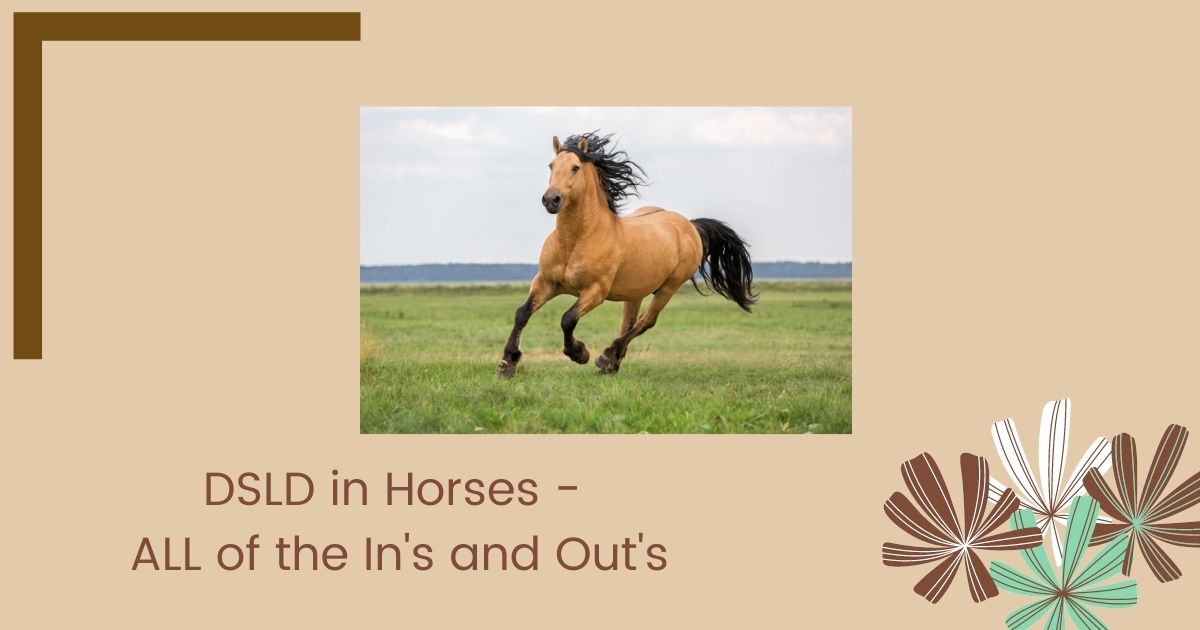
DSLD in Horses ALL of the In's and Out's The Horses Guide
Degenerative Suspensory Ligament Desmitis (DSLD) is a syndrome being recognized with greater frequency. The condition has been recognized in the Peruvian Paso, Peruvian Paso crosses, Arabians, American Saddlebreds, American Quarter Horses, Thoroughbreds and some European breeds such as the Irish Thoroughbred and Swedish Warmbloods. Drs.
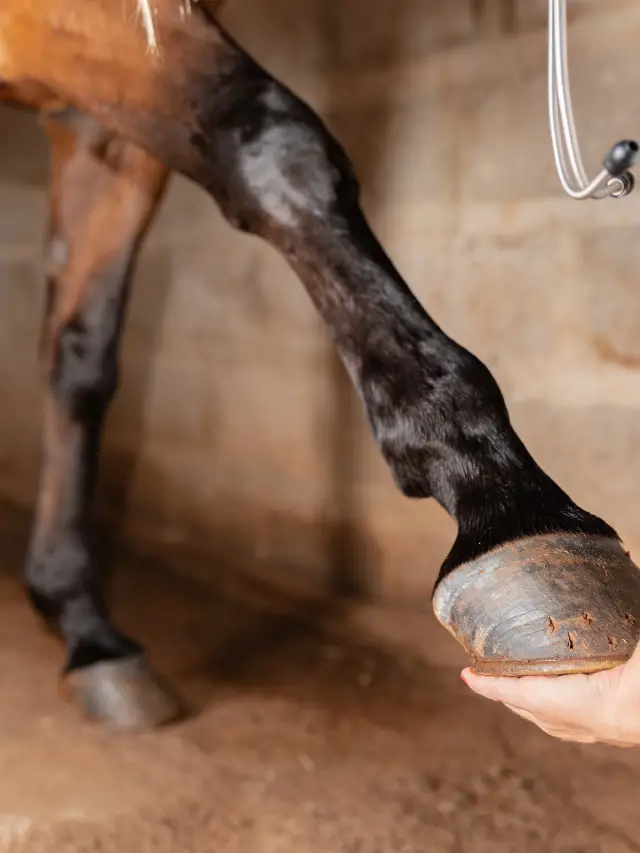
What is DSLD in Horses? Best Horse Rider
Degenerative suspensory ligament desmitis, commonly called DSLD, also known as equine systemic proteoglycan accumulation (ESPA), is a systemic disease of the connective tissue of the horse and other equines. It is a disorder akin to Ehlers-Danlos syndrome being researched in multiple horse breeds. Originally thought to be a condition of.
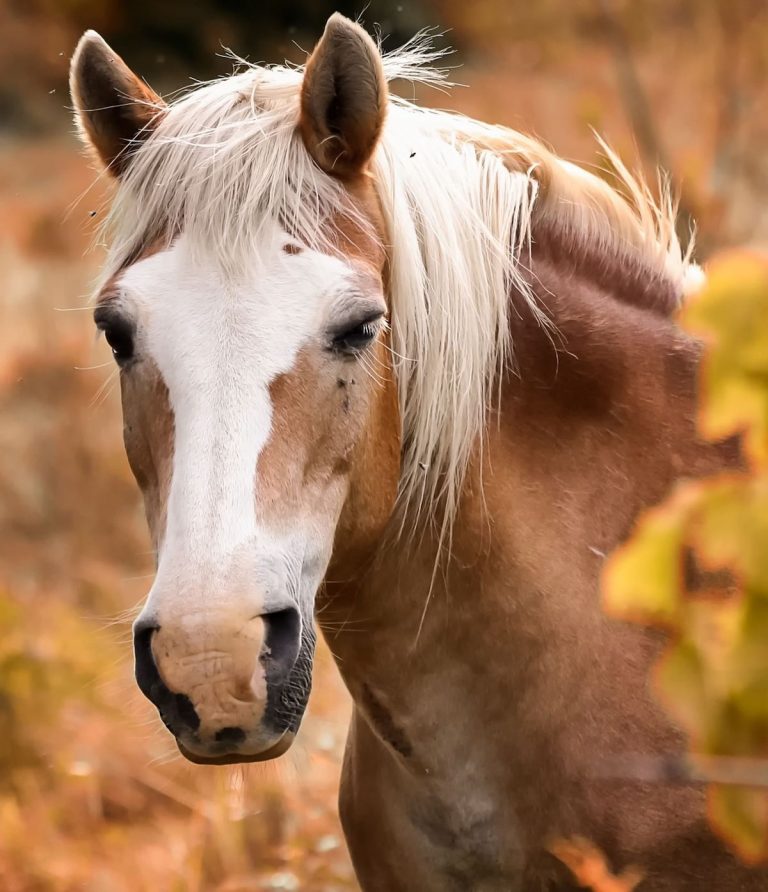
DSLD in Horses ALL of the In's and Out's The Horses Guide
Genetics of degenerative suspensory ligament disease (DSLD) in the horse. June 24 th, 2019. Breed(s): The Peruvian Horse and other breeds affected with DSLD Study Type: DNA samples and ligament tissue samples. Study Location: University of Wisconsin-Madison. Degenerative suspensory ligament disease (DSLD) is an equine disease that is being recognized more frequently.

DSLD/ESPA The lethal disease all horse owners should know about, and we can stop it together
In horses with DSLD, the branches of the suspensory ligament are often painful, and this can be identified with palpation and nerve blocks. Once the location is determined, radiography and ultrasound imaging can be used to determine the cause of the lameness. Radiographs are often unhelpful in early cases of DSLD.

This is a 26yearold Thoroughbred cross gelding with DSLD in both hind legs. SuspensorySaver
Older Horse DSLD Other breeds effected with DSLD have similar clinical signs but the disease develops later in life in hard working individuals. DSLD in other breeds appears to be a chronic suspensory desmitis, induced by hard work and bringing the suspensory to a point that the suspensory can no longer maintain its normal architecture.

Equine DSLD (2018) YouTube
DSLD (Degenerative Suspensory Ligament Desmitis) is a relatively recently recognized condition in horses in which a major supporting structure of the lower legs degenerates or deteriorates over time.

DSLD/ESPA The lethal disease all horse owners should know about, and we can stop it together
DSLDS, or Degenerative Suspensory Ligament Desmitis, is a progressive and debilitating condition commonly found in horses. It primarily affects the suspensory ligaments, which play a crucial role in supporting the lower limbs of the horse.
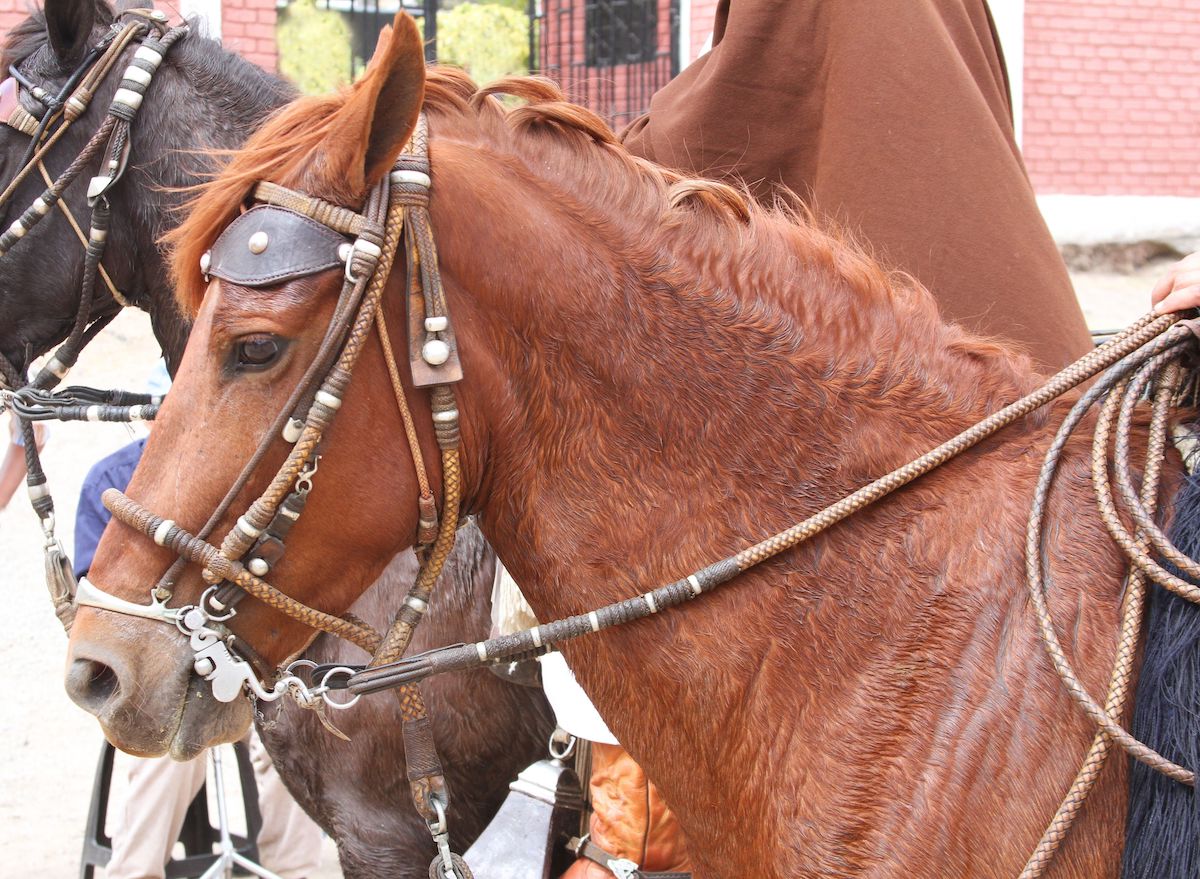
DSLD in Horses ALL of the In's and Out's The Horses Guide
DSLD is a disabling equine disease with higher prevalence in specific breeds. Breeds with particularly high risk of DSLD include the Peruvian Horse, Paso Fino, Warmblood, and Akhal-Teke breeds amongst others. This disease is an important condition across the world and many horses are euthanatized because of this condition.

Dropped Fetlocks (DSLD) In Horses The Horse's Advocate
Degenerative Suspensory Ligament Desmitis (DSLD) is a chronic condition in horses that affects connective tissue, including the suspensory ligament and other ligaments and tendons. This painful condition commonly leads to debilitating lameness.